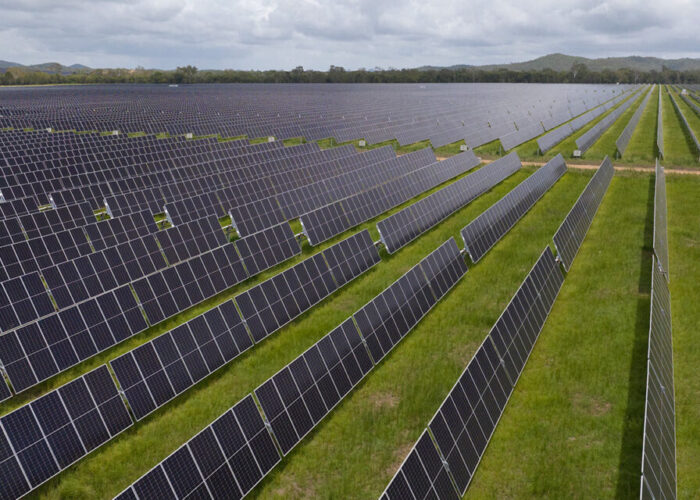
Australia has the potential to create up to 15,000 jobs in large-scale renewable energy, including solar and wind farms, an analysis commissioned by the Climate Council says.
The Clean Jobs Plan from economic advisory AlphaBeta identifies 12 policy opportunities to help the country recover from the twin crises of bushfires and COVID-19, creating a total of 76,000 “shovel-ready” jobs.
Unlock unlimited access for 12 whole months of distinctive global analysis
Photovoltaics International is now included.
- Regular insight and analysis of the industry’s biggest developments
- In-depth interviews with the industry’s leading figures
- Unlimited digital access to the PV Tech Power journal catalogue
- Unlimited digital access to the Photovoltaics International journal catalogue
- Access to more than 1,000 technical papers
- Discounts on Solar Media’s portfolio of events, in-person and virtual
Employment opportunities in renewable energy are also noted in upgrading transmission infrastructure and adding utility-scale battery storage.
Other areas of potential job creation include funding public research to mitigate and respond to climate change, restoring degraded ecosystems and dealing with organic waste. The job creation could start immediately and continue over three years.
Climate Council CEO Amanda McKenzie said the plan is unique because of the speed at which it can get people back to work. “It puts us on a practical, jobs-rich path and focuses on areas most in need. It sets us up for the future, by creating jobs and tackling climate change. It’s a win-win solution.”
The analysis does not identify every job that can be created. Instead, it focuses on targeting regions and occupations hit hardest by job losses and on programmes that can create jobs quickly.
Of the 76,000 opportunities, 70% are in construction and administrative services – sectors that have seen 80,000 Australian jobs lost already to COVID-19. One in three job openings would require minimal training, allowing workers to be rapidly employed.
“Federal, state and territory governments all have the opportunity to put these measures in train,” said Andrew Charlton, director of AlphaBeta.
“Australia has seen steep job losses throughout the COVID-19 pandemic. But with the right policy measures, thousands of jobs could be created in large-scale renewable energy, ecosystem restoration and the collection and processing of organic waste.”
The plan provides a priority list for economic stimulus in every state and territory, in alignment with each jurisdiction’s current priorities. For example, utility-scale renewable energy in Victoria could create between 3,000 and 4,000 high- and low-skilled jobs and help the state meet its renewable energy target of 50% by 2030.
The positive employment outlook echoes findings from a study published last month by Australia's renewable energy association, which found that the country could increase its headcount of workers employed in renewable energy from 25,000 to 44,000 by 2025.
The Clean Energy Council said these jobs can have an “enormous positive impact” on regional communities and “should be a clear priority for government” as part of the economic response to COVID-19.







